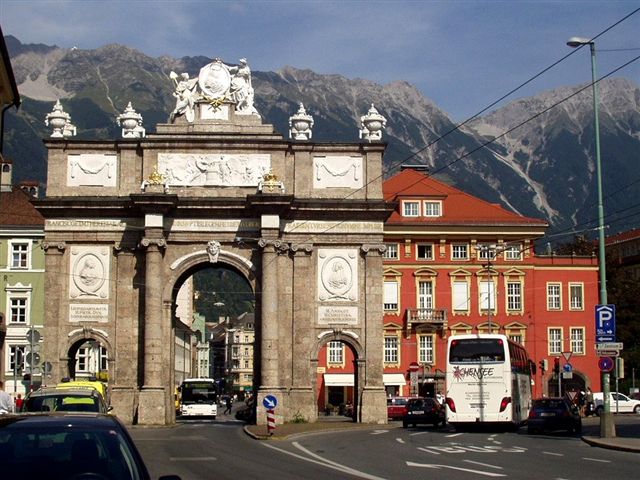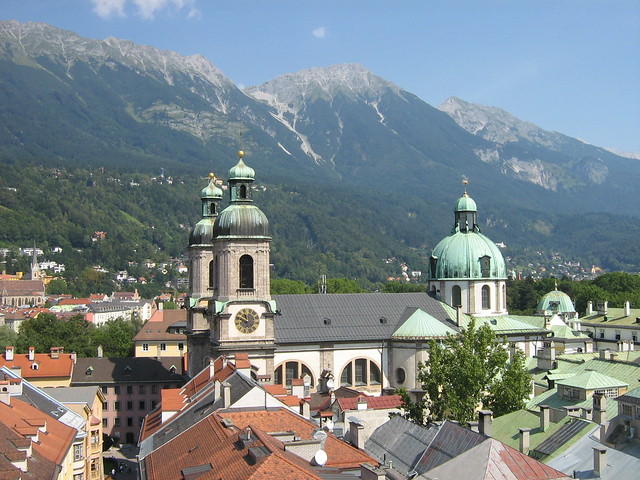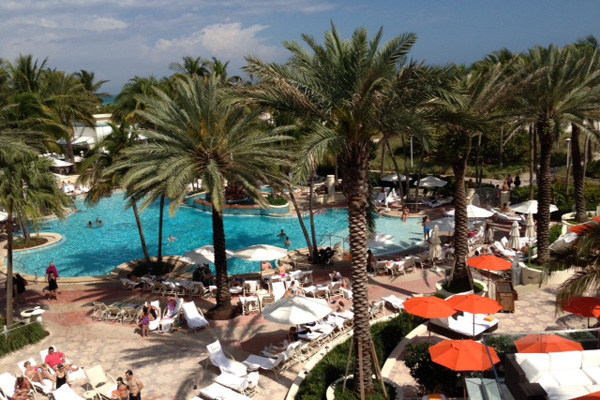The world is full of incredible buildings, but what about those that have become truly iconic, the instantly recognisable ones that have come to symbolise a destination or even a period in time?
Let’s take a global tour of those enduring structural wonders — all of them worthy contenders for your travel bucket list:
Taj Mahal, India
This beauty was 23 years in the making (1630-53) and is remarkable for its perfect symmetry. The
Taj was commissioned by Emperor Shah Jahan as a mausoleum for his wife, Arjumand Banu Begum (also known as Mumtaz Mahal). Made from white marble, this majestic mausoleum features intricate details that were inlaid with precious lapis lazuli — pilfered in the 19th century. Its exterior reflects the changing colours of the day, and its beauty on a full-moon night is legendary.
Great Pyramid of Giza, Egypt
For the Egyptian pharaoh Khufu, back in 2560 BC, the notion of digging your own grave transposed elaborately into constructing the
Great Pyramid. Around two million stone blocks, each weighing 2 tonnes, were brought together to serve as his tomb. The Great Pyramid is the planet’s original tourist attraction — counting Antony (Cleopatra’s beau) and Napoleon among its many early visitors — and keeps company with three other pyramids and that other illustrious attraction, the
Sphinx.
Great Wall, China
Hordes hit the
Wall, as they have for centuries. Built from the end of the 15th century to the start of the 16th (using an existing wall dating back 2000 years), it stretches an incredible 6350km (3946m). Though not really visible from space, its jagged, snaking presence across the mountains between China and
Mongolia always impresses, and is a tribute to the manic energy we apply to systems of war and defence. The touristed parts of Badaling are not recommended; try instead a walk from Simatai to Jinshanling.
Eiffel Tower, France
How many electricians does it take to change a light bulb on the
Eiffel Tower? A whole team is required to maintain the 10,000-odd light bulbs that illuminate the 324m (1060ft) tower. Built in 1889 for the Universal Exhibition and to celebrate the French Revolution, Paris’ tower was designed by Stephen Sauvestre and was named after Gustave Eiffel — who specialised in iron construction including the Statue of Liberty and portable bridges sold around the world in kits.
Chrysler Building, USA
Architect William van Alen planned the dramatic unveiling of New York City’s
Chrysler Building‘s ornate tower by assembling it inside the building. Made of stainless steel and modelled on the hubcaps used on Chrysler cars of the late 1920s. Completed in 1930, the Art Deco building’s 77 floors and ornamental top made it the world’s highest structure — not just scraping the sky but piercing it at 319m (1046ft).
Big Ben, England
‘Big Ben’ is the common name for the
Palace of Westminster‘s clock and bell tower in London, and speculation reigns as to just which Benjamin was big enough to give his name to it. Perhaps it was Ben Hall, the Chief Commissioner of Works when it was built in 1888. Or maybe Ben Caunt, a heavyweight prizefighter — in reference to the heavyweight bell within: 13.76 tonnes. The tower has a slight lean — approx 22cm (8.7in) northwest — due to ground conditions.
Machu Picchu, Peru
The ‘Lost City of the Incas’,
Machu Picchu (literally ‘old peak’) sits at a lofty elevation of 2350m (7710ft) and is invisible from below. The secret city contains the ruins of palaces, baths and temples, and is believed to have served as a country retreat for Inca royalty. Rediscovered in 1911, construction of this ancient city is thought to have started in around 1440. Partly constructed without mortar, the precise joins won’t allow even a credit card between them.
In the Black Hills of South Dakota, this massive monument marks the first 150 years of American history. Carved into a mountain face are the 18m (60ft) faces of four former presidents: Washington, Jefferson, Lincoln and Roosevelt. The brainchild of Doane Robinson, the original concept was to immortalise figures of American folklore. Sculptor Gutzon Borglum (a student of a Rodin) thought devoting his life’s work to folklore too trivial – hence the resulting busts, built between 1927 and 1941.
Stonehenge, England
No one knows exactly why these 50-tonne stones were dragged from South Wales 5000 years ago. What we do know is that it would have taken about 600 people to move one more than half an inch, and that the complex was constructed between 2500 BC and 2000 BC. Consisting of a ring of stones topped by lintels, an inner horseshoe, an outer circle and a ditch, Stonehenge likely had dual astrological and religious purposes.
Angkor Wat, Cambodia
This temple complex, built early in the 12th century by a succession of Khmer kings, formed part of a larger administrative and religious centre. Built to honour the Hindu god Vishnu and abandoned in the 15th century, many of the stone structures have since been grasped by giant banyan tree roots or covered by the surrounding forest. Apparently the layout of the temples architecturally mirrors the constellation Draco in 10,500 BC to harmonise the earth and the stars.












































